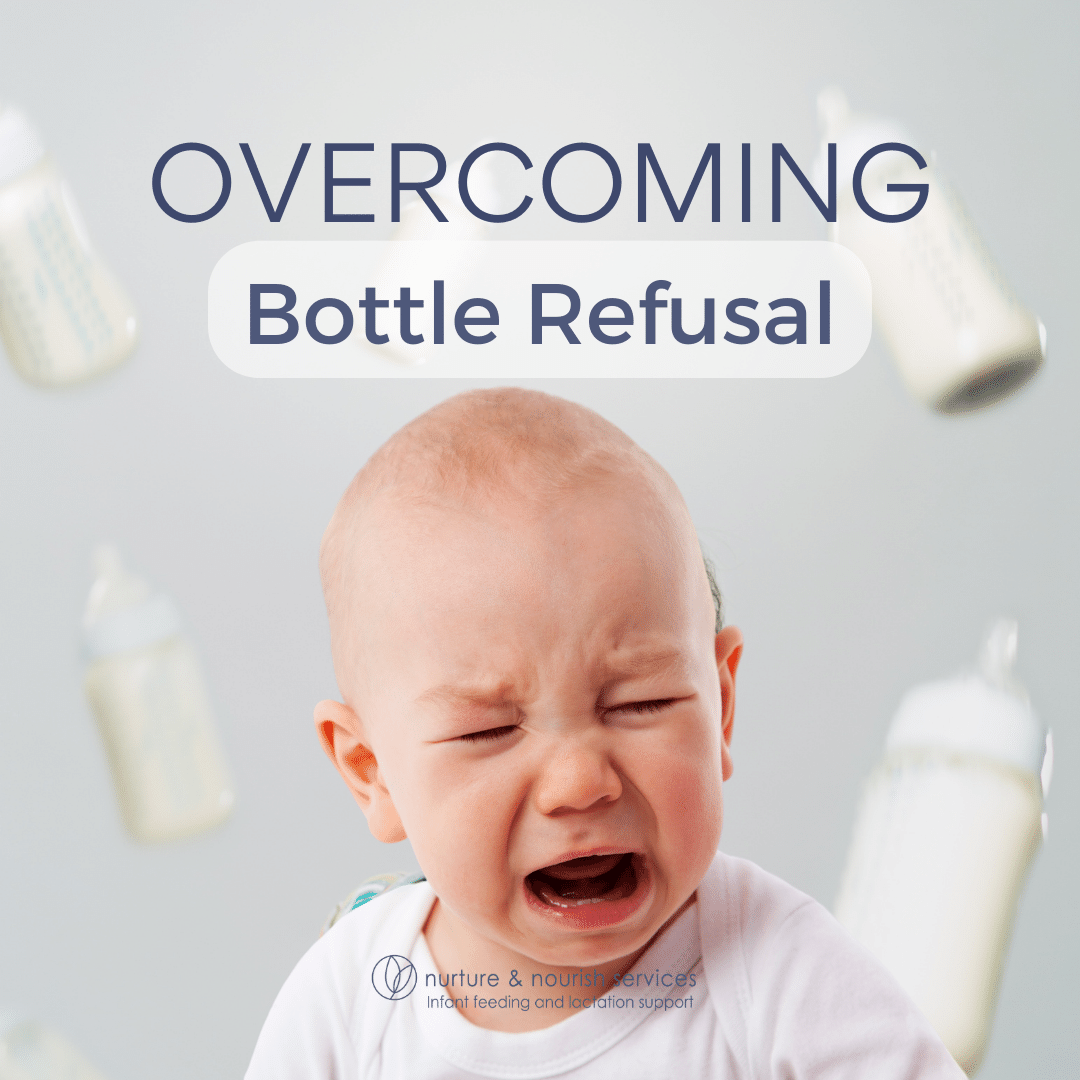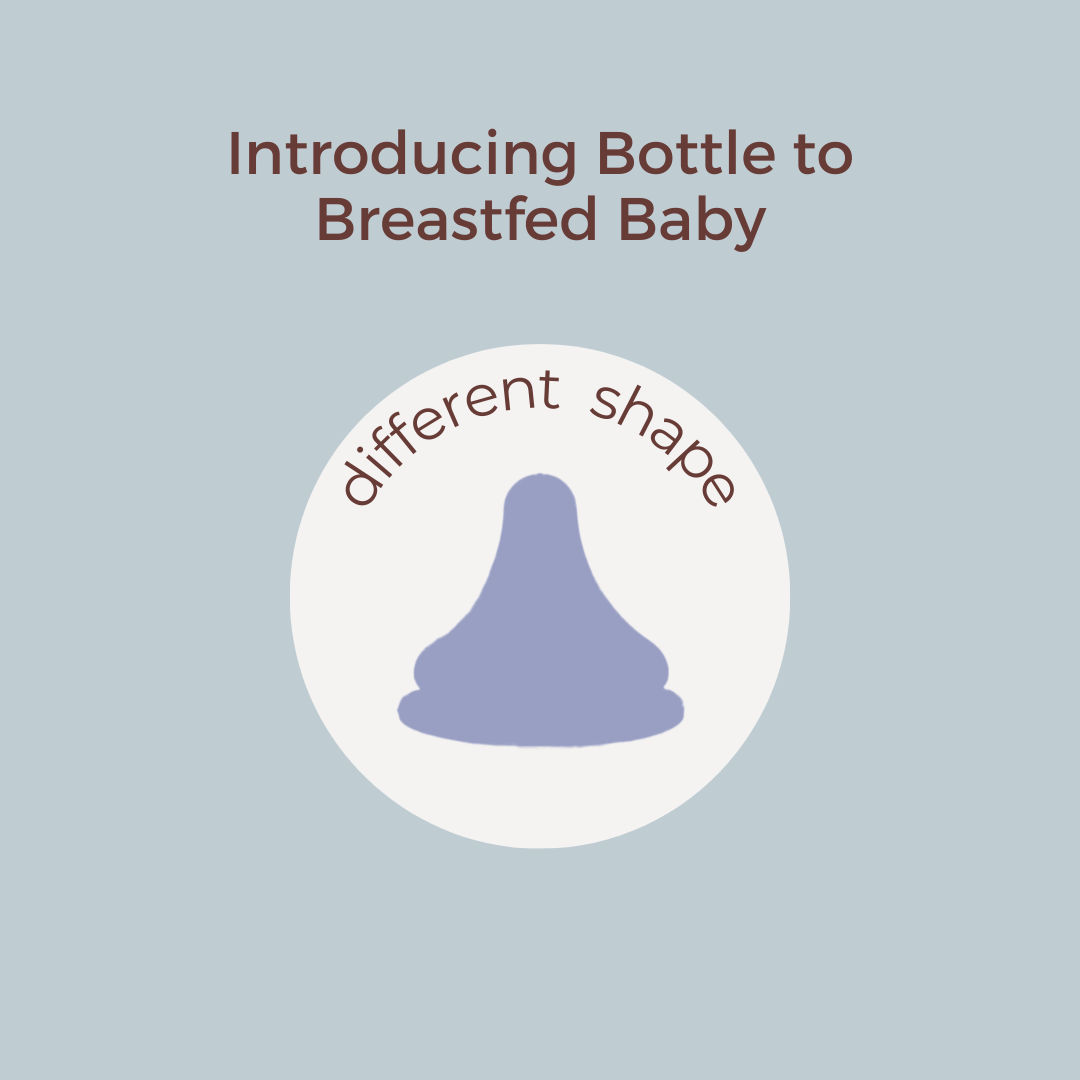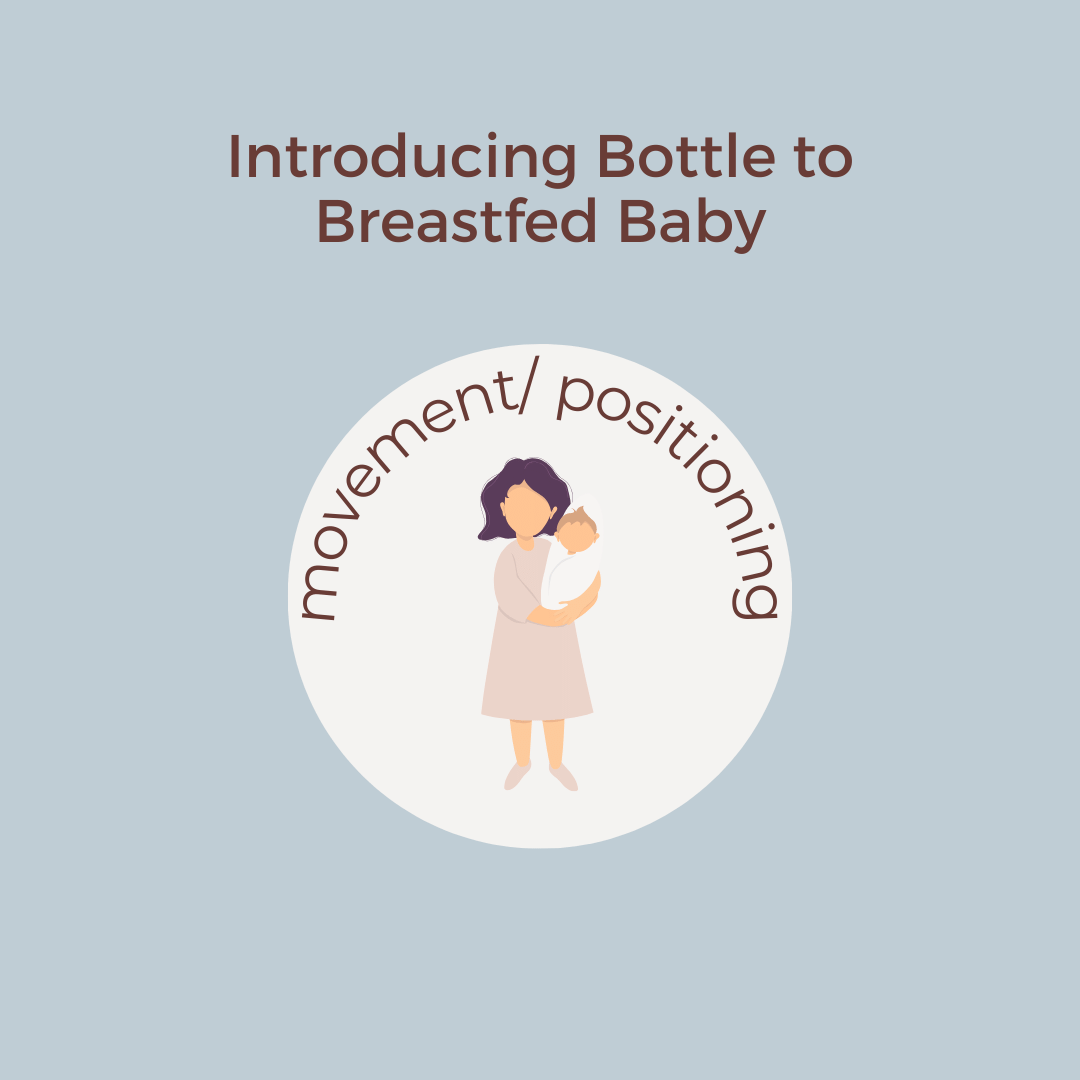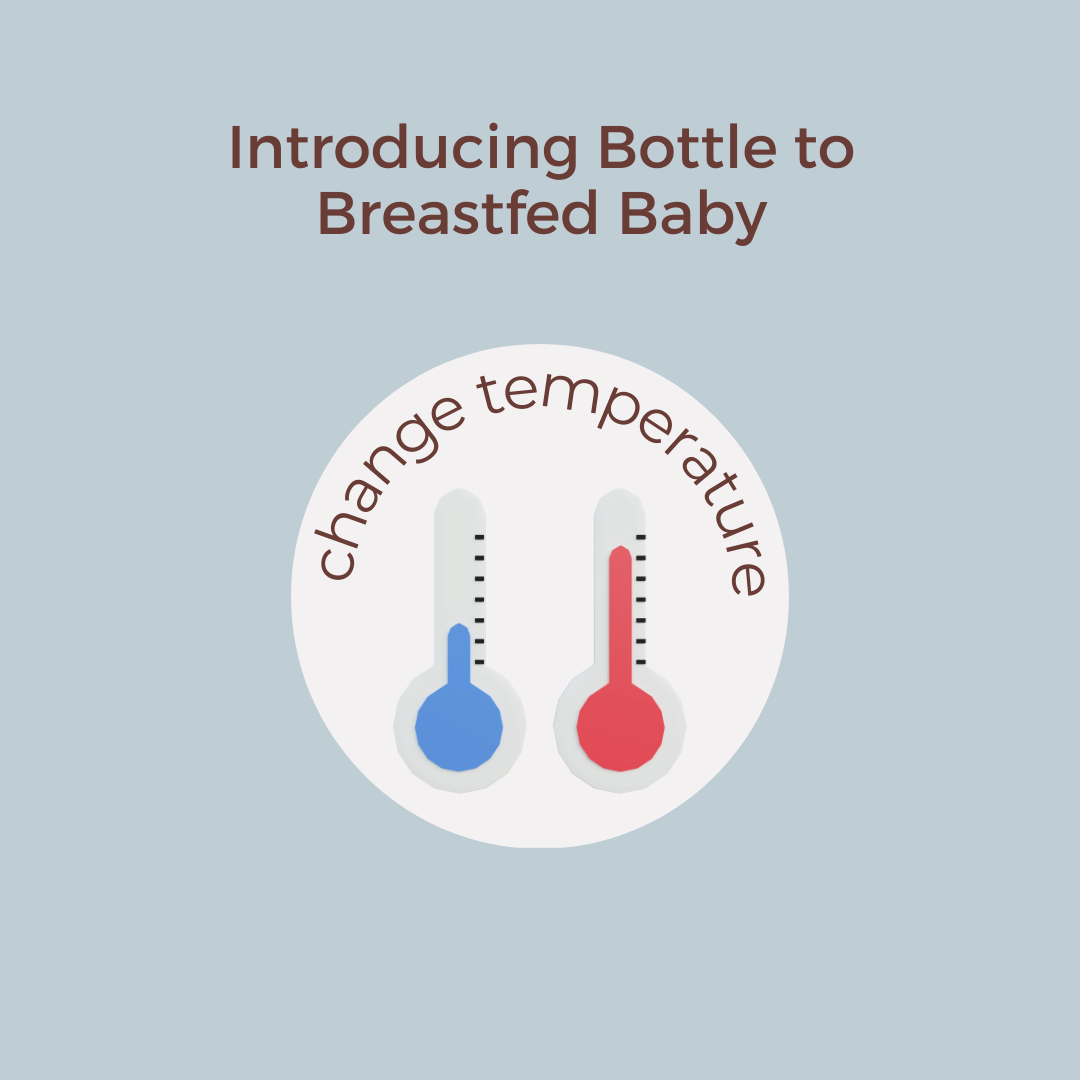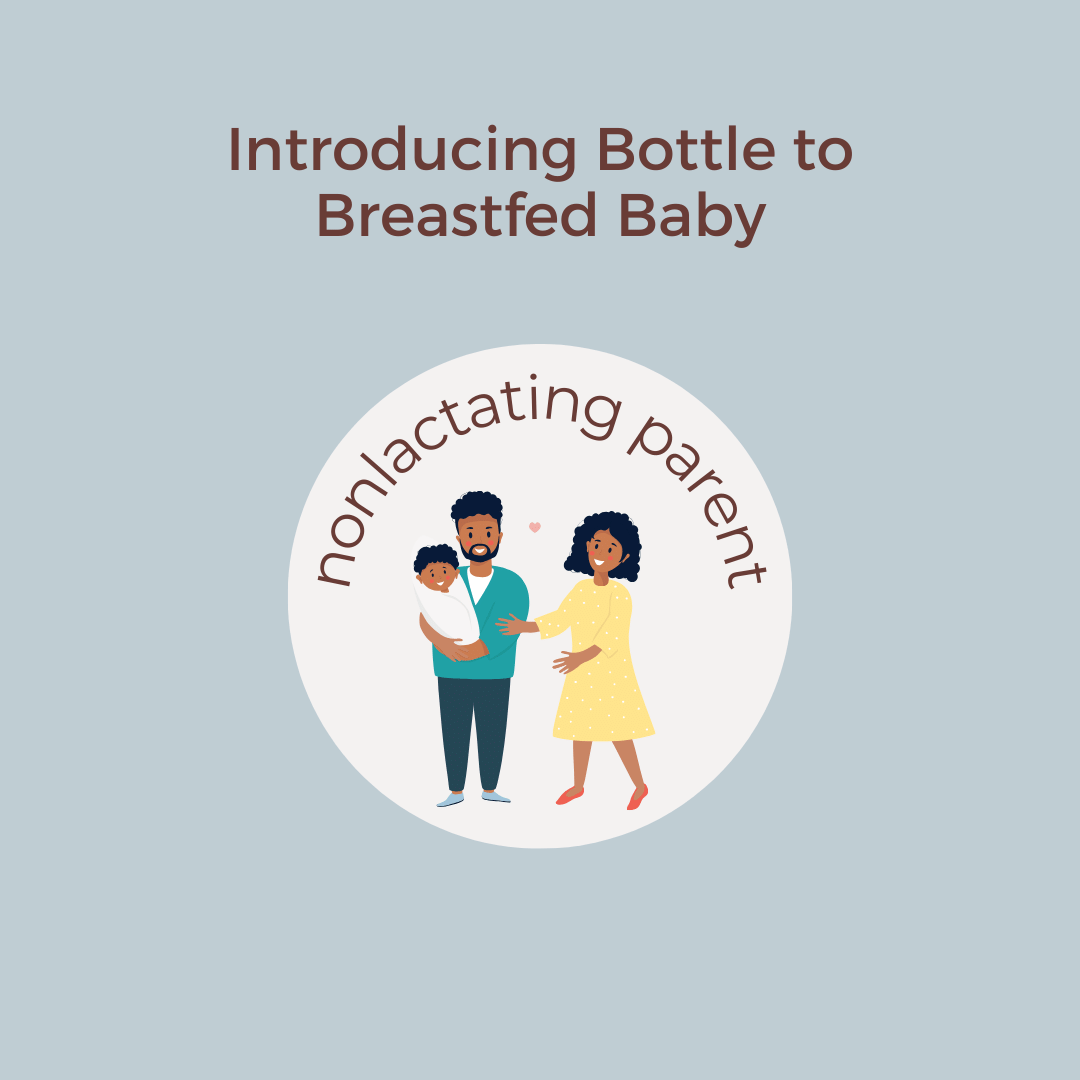Bottle Refusal (2024)
Baby Doesn’t Like Bottles?
Bottle refusal can be so stressful. It can happen for a lot of different reasons. It’s important to determine the cause of the refusal, in order to find the correct solution, here some strategies to try. I highly recommend getting help for bottle refusal in order to avoid further feeding challenges.
Causes of bottle refusal:
baby has been exclusively breastfed and hasn’t figured out the mechanics of feeding from a bottle
not enough practice
a missed window of opportunity
oral motor dysfunction
tongue tie
pressure feedings
oral trauma
taste
What to do if your baby won’t take a bottle?
The solution to bottle refusal is going to differ based on the cause of the refusal. If your newborn is not taking a bottle, they may need help learning the mechanics of bottle feeding. I recommend introducing a bottle at 4-6 weeks, especially if you plan on being away from the baby for any significant amount of time. If you know you are going to return to work, it’s important to regularly practice bottle feeds. I recommend doing snack feeds (.5 oz) once a day to get started. Once your baby has gotten used to the bottle you can scale back.
How to Bottle Feed a Baby:
When feeding with a bottle make sure to:
choose a slow-flow nipple (this helps to avoid bottle preference)
stroke the baby’s lip and wait for them to open its mouth. Never force a bottle into a baby’s mouth
pace bottle feed - make sure that the rate is appropriate and that the bottle is held horizontally. There is more info on paced bottle feeding in another post on bottle feeding, see the archive below).
make sure the bottle temperature is appropriate (don’t want to scald the baby)
give your baby a bottle when they are not too hungry
give your baby snack feeds and offer small bottles regularly
look out for stress cues
Tips for Bottle Refusal
What to try if you are still having bottle challenges:
try different positions for feeding - side-lying is a great alternative position
make sure you are pacing feeds - if you see milk leakage, sputtering, or choking, then you likely need to slow your bottle flow down
try going outside - babies are often calmed by being outside, this is a great way to help them get regulated for a feed
if feeds have been pressured before - then you need to take a responsive feeding approach. I highly recommend getting help from a skilled occupational therapist specializing in infants or a lactation consultant
consider if a taste is a factor in refusal - have you recently introduced a new formula or is your baby refusing previously frozen milk? If your baby is refusing previously frozen milk, there is a big chance that you have high lipase and it is affecting the flavor of the milk when defrosted. If you have recently introduced a new formula (like a hydrolyzed formula) know that the taste is different for these. Consult with your doctor or lactation consultant to see if there are alternatives to this formula.
try a different shaped nipple - you may want to try a differently shaped nipple, like a pyramidal-shaped one. Often breastfed babies do better with this shape
try different temperatures to see if the baby does better - this might mean making a bottle colder or warmer
you can also try having the non-lactating parent try the bottle. Sometimes babies feel more comfortable trying a bottle with their lactating parent, but sometimes the non-lactating parent has more success at the beginning.
If your baby shows signs of stress, it’s important to stop feeding and not force it.
Stress cues
Bottle Feeding Stress Cues
Keep an eye out for stress cues in your baby. The baby may need a break or the feed needs to stop. You never want to pressure a baby to feed because this can cause bottle aversion.
Signs of stress when bottle feeding:
Fingers splayed
Changes in skin color
Wrinkled eyebrows
Arching
Change in respiration (fast breathing, wheezing)
Coughing
Pushing the bottle away
Crying
Still, having trouble bottle feeding? Reach out for help. Visits for most are covered through The Lactation Network. Find out if your 6 visits are covered!
What to do if your baby still won’t take a bottle
If you are still having difficulty, come see me and we can try a few bottles out and see what works. All the bottles in the picture above are in my collection and more. I have a wide range of bottles that work for a variety of needs including breastfed babies, bottle-averse babies, tongue-tied babies, slow feeders, fast feeders, babies with high palates, gassy babies, babies with a weak suck, babies who gag, choke, or sputter at the bottle.
Some of these bottles are not my favorites, but they work as a temporary solution until the baby develops better oral motor patterns. The bottle I recommended first, may change as a baby improves their skills. I’ll recommend the bottle based on your baby’s individual needs.
Visits are often covered in full through insurance. You will be sent a link to check service coverage following booking.
I offer virtual bottle feeding visits and in person in the charelston SC area. Visits are covered in full for most through the lactation network. Book an in person or virtual visit today!
The Blog Archive
- Bodywork for Babies
- Bottle feeding
- Breastfeeding
- Charleston, SC
- Craniosacral therapy
- Infant Feeding
- Lactation
- Lactation Consultant
- Milestones
- Mount Pleasant
- Mt Pleasant SC
- Newborns
- Nurture and Nourish Charleston
- Nurture and Nourish Services
- Occupational Therapy
- Tongue-tie
- Whole Body Therapy
- breastmilk


